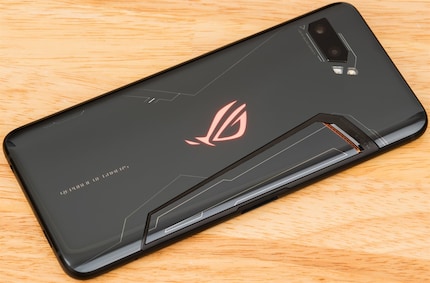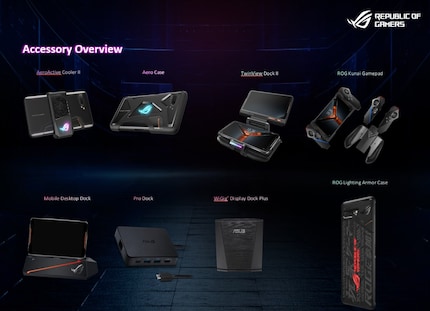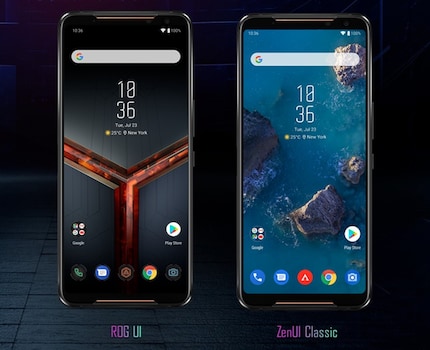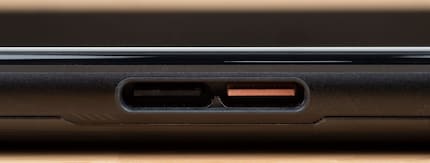
Asus ROG Phone II: smartphones can be overclocked. Finally.

Asus has revealed a new ROG Phone. It's more than just a tool for obsessive gaming addicts. As the first phone dedicated to one specific customer segment, it offers engineering specialised for gamers.
The Asus ROG Phone II has been called the fastest phone in the world. Among other things. After all, this gaming powerhouse doesn't just have a system on a chip. The ROG II confirms two things: gaming phones are fully established on the market and manufacturers are ready and willing to create smartphones with ludicrously high performance, even at the expense of the «faster, thinner and lighter» mantra.
The cat was officially let out of the bag last night. A 120 Hz Amoled display, a touch sampling rate of 240 Hz, 49 milliseconds of latency and a fingerprint scanner under the display. Wow.
The modified SoC
Most of us PC aficionados know that you can get more power out of most processors than officially listed. The process by which resourceful hobbyists or professionals – in Switzerland, the company Joule Performance is probably the best-known specialist – manipulate the components of a PC in such a way as to increase the performance of the components is called overclocking.
The difficulty here is walking the fine line between «getting more out of» and «bricking» your components. There is a point where overclocking shouldn't continue as the integrity of the whole system suffers beyond that point.

Source: gsmarena
Asus searched for this point of no return with the ROG Phone II, overclocking its Snapdragon 855. According to the manufacturer, the main core of the processor runs at 2.96GHz. For comparison, Kryo 485 Gold processors on the Snapdragon 855 run natively at a maximum of 2.84GHz. What may not sound like much now is a signal to manufacturers of gaming phones and the world itself: yeah, there's a need for overclocking. Yes, it's possible to overclock a phone stably.

Source: Asus
The Adreno 640 graphical components have been overclocked from the normal 250MHz during regular use and 600Hz for short-term loads to 675MHz.
To take advantage of the increased performance, the phone has 12 GB of RAM and 512 GB of memory with a 6.6-inch screen. The 240-gram phone is powered by a 6000mAh strong battery.
Sort of like stock Android

Source: Asus
In addition to the design of both the phone and the launcher, obviously inspired by fighter jets or gaming computers, you can change the look of your phone. It's not stock Android, the pure version of Android provided by Google, but there certainly are some similarities. A nice side note.

Source: gsmarena.com
The three USB-C ports are even neater, allowing you to attach peripherals and chargers.
If nothing else, the Asus ROG Phone II makes one thing very clear: gaming phones have a future. There is a market for them, and it's obviously worth it for manufacturers to put engineering and development into smartphones that perform ridiculously well.


Journalist. Author. Hacker. A storyteller searching for boundaries, secrets and taboos – putting the world to paper. Not because I can but because I can’t not.